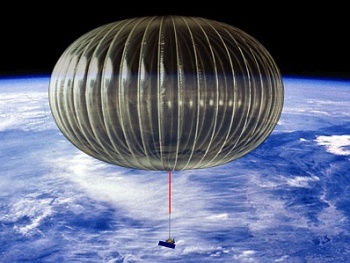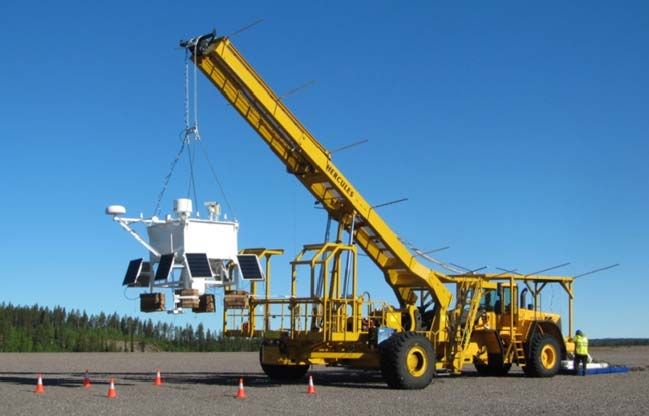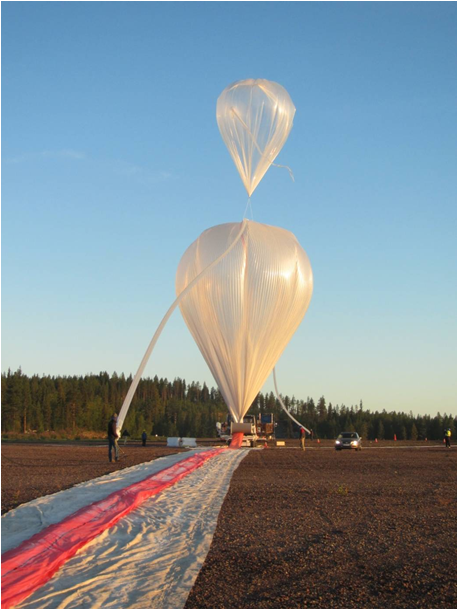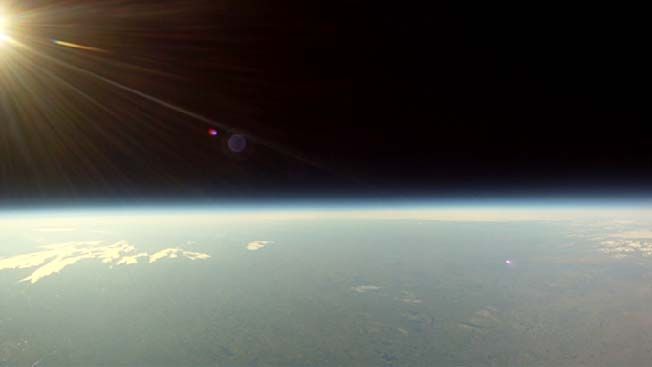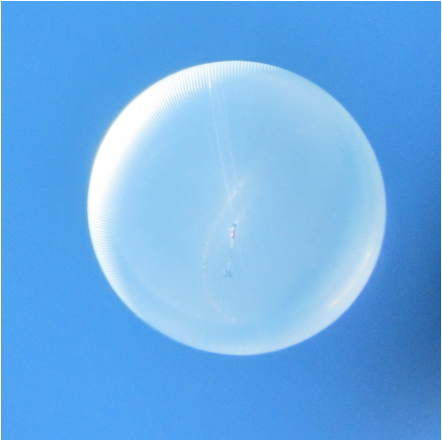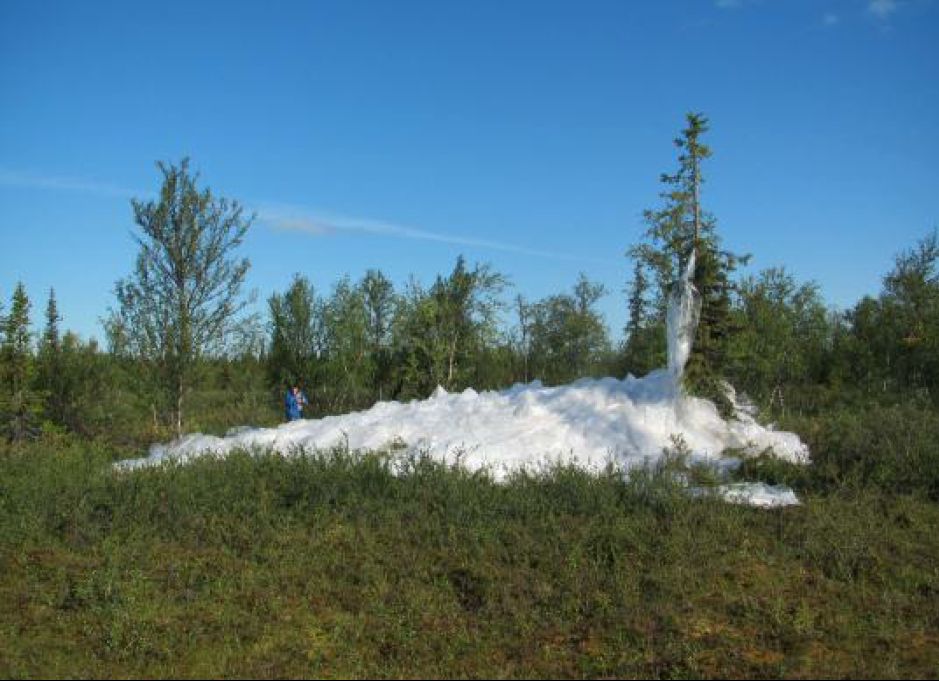Purpose of the flight and payload description
The Super Pressure Balloon (SPB) is a balloon that always maintains a positive internal pressure in relationship to the environment it is floating in. The NASA Super Pressure Balloon is a sealed structure that is filled with a measured and specific amount of helium lifting gas. The balloon rises after launch, and the helium expands as the ambient atmospheric pressure goes down.
The balloon is designed to fly at a specific pressure altitude with a known mass of payload hanging from the balloon. When the balloon reaches the desired float altitude, the extra helium is not vented off, but fills out the shape and pressurizes the balloon. The amount of helium in the balloon is determined by how much is needed to lift the entire flight system plus some extra to provide an upward force. This extra helium is enough to pressurize the balloon when it reaches the float altitude and also to over pressurize the balloon to the design limits. The Super Pressure Balloon is designed to fly with a positive internal pressure at all times. As the sun heats up the balloon during the day, the internal pressure (differential pressure) increases, and at night when the balloon cools down, the differential pressure significantly decreases, but still above ambient, hence maintaining super pressure condition at all times. The differential pressure range is up to 180 Pa (0.0261 psi). This is a very small internal pressure, but it is enough to keep this balloon flying through the night!
As a result of maintaining near constant volume, the SPB will offer greater stability at float altitude with minimal altitude excursion during the day/night cycles when compared to that experienced on conventional or so called Zero-Pressure (ZP) balloons. This added stability and extended durations at mid-latitudes will enable new science missions that currently are not feasible with ZP balloons.
Footage of onboard cameras from launch to landing
Details of the balloon flight
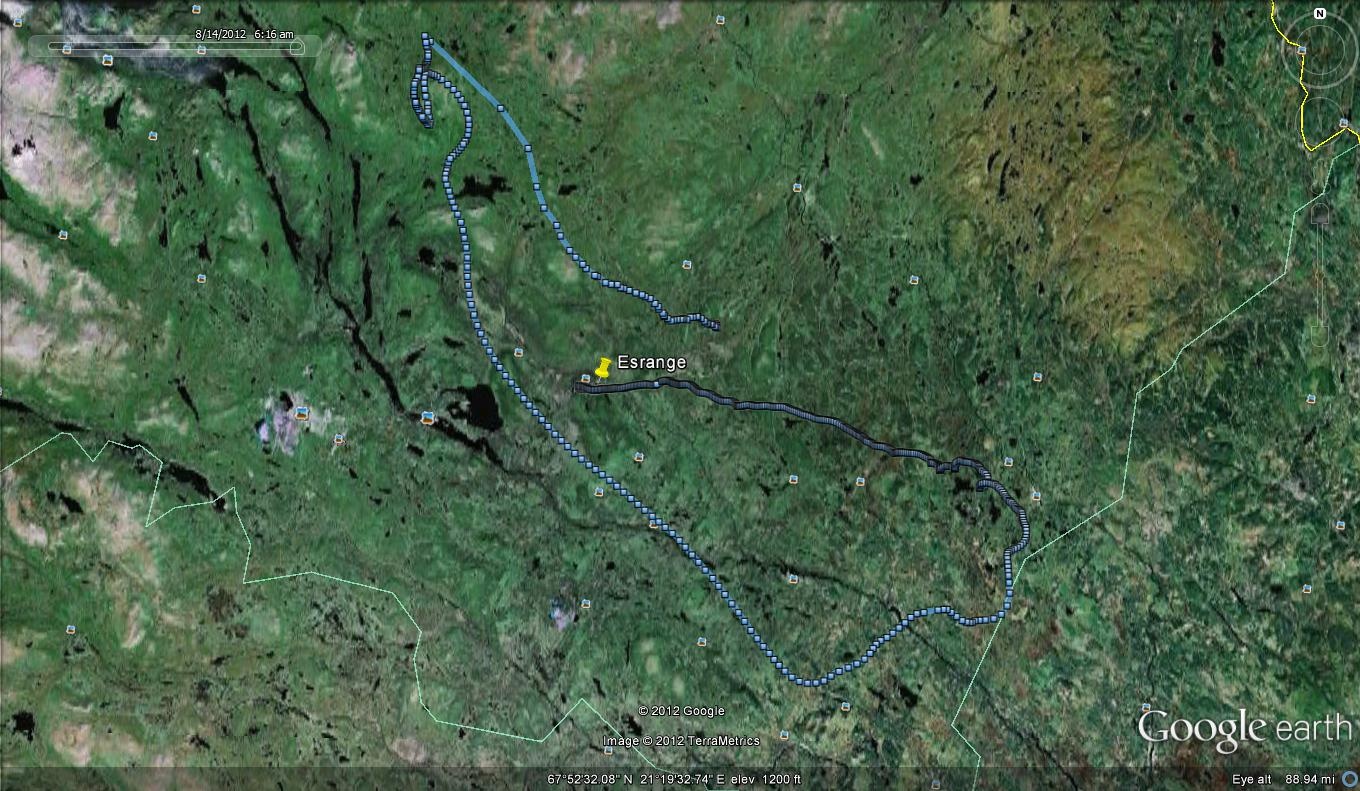
Balloon launched on: 8/14/2012 at 3:44 utc
Launch site: European Space Range, Kiruna, Sweden
Balloon launched by: Columbia Scientific Balloon Facility (CSBF)
Balloon manufacturer/size/composition: Super Pressure Balloon Raven Aerostar - Superpressure - 18.000.000 cuft
Flight identification number: 631NT
End of flight (L for landing time, W for last contact, otherwise termination time): 8/14/2012 at 10:11 utc (L)
Balloon flight duration (F: time at float only, otherwise total flight time in d:days / h:hours or m:minutes - ): 6 h 27 m
Landing site: 15 kms NE of ESRANGE, Sweden
Payload weight: 2.270 kg
The goal of this flight was to test the succesful balloon deployment. The balloon was a scaled up version from the successful mission 616NT with a volume of ~532,000 m3 (~18,800,000 ft3), 280 Gores, a diameter of 114.7 m (~376 ft) and a height of 71.0 m (~233 ft). The suspended payload was ~2,270 kg (~5,000 lbs).
The balloon was launched by dynamic method from the European Space Range (ESRANGE) at 3:44 utc on August 14, 2012. After a nominal ascent the balloon fully and easily deployed at float altitude which was reached at 7:12 utc. However, the flight was shortened due to winds at float altitude. No gas loss was detected during the flight. All ballast dropped to pressurize the balloon to the fullest extent possible before termination which occurred at 9:12 utc. The balloon ans payload landed at 10:11 utc 15 kms NE of ESRANGE. Sections of the balloon were recovered for post flight inspection.
External references
- List of balloons launched from ESRANGE SSC Space website (via Archive.Org)
- Test Flight 631NT - Sweden Deployment Test Flight, 18 MCF Balloon Wallops Flight Facility website
- The 2012 NASA ~532,200 m3 Super Pressure Balloon Test Flight AIAA Balloon Systems (BAL) Conference, 25-28 March 2013, Daytona Beach, Florida
11375If you consider this website interesting or useful, you can help me to keep it up and running with a small donation to cover the operational costs. Just the equivalent of the price of a cup of coffee helps a lot.

